NAPO 2015: PhD in Productivity at the College of Organizing Knowledge
You really have to have passion for your profession to be willing to spend the better part of a week, not only away from home, but many time zones away, packed into conference rooms from morning until night, in order to learn more about the techniques, strategies and products that will help you help your clients and strengthen your business. Such is the reason professional organizers traveled from across the country and around the globe for the 2015 National Association of Professional Organizers Annual Conference and Organizing Expo.
My conference experience started early with the the Board of Certification for Professional Organizer’s (BCPO®) annual, all-day, in-person Board of Directors meeting. Pictured below, from left to right: Secretary Christina Gomes, Director of Professional Practices Vanessa Hayes, Assistant Executive Director Celisse Collier, Direct of Program Development Julie Bestry (that’s Paper Doll!), President Helene Segura, NAPO Board Liaison Danielle Liu, NAPO Executive Director Sue Pine, and Director at Large in charge of all things educational, Margaret Lukens.
Missing from the photo (but not the meeting): Director at Large, Regina Lark. Also missing are BCPO® Treasurer Tracie Utter, Director of Communications Bonnie Dewkett, Public Director Sharon Fanning, and Karen Koedding, our American-in-Australia International Director at Large.
How important is this work? I gave up a day touring Warner Bros. Studios with my NAPO-Georgia colleagues to attend this board meeting and missed seeing members of the cast of The Big Bang Theory. (Look above. Look below. Which group do you think is more fun? Bazinga!)
The important work of the BCPO® and its certificants includes recognizing and raising industry standards, practices and ethics through an evolving program of strict eligibility requirements and a legally defensible examination designed by subject matter experts.
EDUCATIONAL OPTIONS
Attending an annual NAPO conference is like working on a double graduate degree in the art and science of being a professional organizer. Attendees get to pick from among multiple concurrent educational sessions in each of six session blocks over three days of conference. And that doesn’t even include the variety of interactive, intensive half-day and full-day pre-conference sessions.
My colleagues and I attended courses in five educational tracks, including these offerings:
Organizing and Productivity
- Virtual Organizing
- Stuff Matters: The Language of Clutter
- Demystifying Health Insurance Claims and EOBs
- Utilizing Lean Principles in Home and Office Environments
- Organized Mind, Organized Life: Brain Hacks for Productivity
Specific Needs Clients
- The Chronic-ness of Chronic Disorganization
- Relocations: Near, Far, and Far, Far Away
- The Many Faces of Hoarding and Trauma
- What’s ADHD Got To Do With It? Getting and Keeping Your Clients in Action
- Compulsive Buying: What Every Organizer Needs to Know
- Experience Talks: Senior Move Manager Q&A
Technology and Social Media
- Organizing Electronic Documents & Records in Cloud-Based Systems
- Tackle Your Clients’ Digital Photo Collections
- Using Technology to Increase Productivity and Profitability
- Boost Your Brand & Business With Video Marketing
- Turning Likes Into Leads: Getting More Strategic with Your Social Marketing
Business Growth and Marketing
- Media Magnet: How to Get Great PR
- The WOW Factor: Creating Brand Ambassadors for Your Business
- Building a Winning Team: Hiring and Training Employees
- Changing Gears (A special Golden circle-only course for veteran organizers)
- Rock Your Content
- REDESIGN: Adding V.A.L.U.E. to Your Organizing Business
Running Your Business
- Think Like a Negotiator
- The Art of Pain-Free Profitability
- Show Me The Money: Money Mindset & Pricing Strategies
- Eight Secrets to Entrepreneurial Success
- The POWER To Say NO So You Can Say YES To What Matters!
INSIGHTS AND HIGHLIGHTS
The depth and breadth of information presented could fill blog posts for the next month, and each attendee took away his or her own amazing insights and epiphanies. It would be impossible to identify a single session as my favorite, but I did leave conference with concepts and strategies that really resonated with me.
Just the learning objectives of Regina Lark’s amazing session, The Chronic-ness of Chronic Disorganization, alone, give a clear sense of the complexity of material presented. Regina set out (and accomplished) making sure attendees could:
- Identify when disorganization becomes chronic disorganization
- Identify differences between collecting and accumulating, cluttering and hoarding
- Recognize the range of factors associated with chronic disorganization
- Understand the critical role of the Executive Functions
- Develop strategies for working in households with both CD and non-CD family members
We left with a clearer understanding of the pervasive nature of chronic disorganization, talked about how to identify clients’ processing modalities (visual, auditory, kinesthetic, tactile, verbal, intuitive, etc.) and learned concrete language to use in creating effective conversations to help chronically disorganized clients. A simple inquiry, like, “Who are you without these [books, outfits, etc.]?” provides the opportunity to help clients differentiate tangible items from self-image, making it easier to let go of excess.
As is often the case, attendees offered their own insights. One professional organizer shared her chronically disorganized client’s concerns about decluttering, noting she’d said, “To make a decision to is to grieve the loss of all possibilities.” For professional organizers to work effectively with their clients, understanding these fears is vital.
Colleagues Kim Oser and Deb Lee’s sold-out, jam-packed session, Using Technology to Increase Productivity and Profitability, served as the equivalent of reading dozens of books and hundreds of blog posts on the state of software, apps and tools for keeping up with the demands of the modern world. What was covered? Oh, only a few little (ha!) things like:
- Staying Focused
- Task Management
- Calendar Management
- Email Tools and Management
- Project Management
- File Storage
- Password Management
- Shopping & Meal Planning
- Finance and Accounting
- Scanning
- Marketing (Email, Video and Social Media)
- Customer Relationship Management
- Automation Tools
Whew. Paper Doll‘s fingers are tired from just typing the categories. We learned about Asana, Basecamp, Constant Contact, Dropbox, Evernote, Freshbooks, Gmail with Boomerang, Hootsuite, Insightly, Jing…and all the way to Zapier, and well beyond a standard alphabet. Kim and Deb covered the merits and demerits of 68 separate productivity tools in one 90-minute session! I can’t wait to figure out the best ways to use IFTTT and Screencast-O-Matic!
Want a sense of all they taught? Deb and Kim wrote a book! Check out their 50 Ways To Use Technology To Increase Productivity and Profitability, with 30+ bonus tools! (Math? Who needs math?!)
Certainly the most inspiring session I attended was with ADHD Coach Alan Brown (AKA: ADD Crusher), Organized Mind, Organized Life: Brain Hacks for Productivity. My notes for this session are filled with asterisks, bolding, colored highlighting and giant exclamation points. With humor, compassion, striking visuals and the reinforcement of cognitive science, Brown’s own experiences with ADHD resonated with so many of us, not only because of what we see in our clients, but how the ridiculous pace and demands of modern life have impacted our own personal and professional lives.
©ADDCrusher 2010-2014
(I was so transfixed by Alan’s presentation, I didn’t even think to snap a photo.)
Just a very few of the takeaways from Alan’s session (because I don’t want to steal his thunder) included:
- 60 seconds is an eternity if you’re in the right state of mind. By reframing our approach to a moment, to 15 minutes, to a free hour, we can take advantage of previously unnoticed opportunities.
- “Should” is the mark of the grumpy, personified by the thought, “Life should be how I want it to be. When it differs, life is wrong, I am right, and I am personally offended!” Oh, isn’t that the truth?!
- Do what you’re doing now. This piece of wisdom has already worked wonders when I’ve explained it to my clients with ADHD. The idea is that there are three types of activities: what you’re doing NOW (i.e., what you’ve decided is your priority on which you should focus), BS that’s not what you’re doing now (Alan’s term, not Paper Doll‘s, to cover all the unimportant, shiny distractions), and important stuff that’s NOT what you’re doing now. Deceptively simple, checking in on what you’re doing and making sure that the latter category gets scheduled but does not rip your attention from WHAT YOU’RE DOING NOW is a true key to productivity.
Finally, a huge bonus of Alan’s talk was on the subject of Power Poses and the research behind using body positioning to manipulate body chemistry and increase self-confidence. Sound familiar but you weren’t at conference? You might have seen Dr. Amelia Shepherd on Grey’s Anatomy stand in superhero pose (think Superman or Wonder Woman, hands on hips) before performing brain surgery, or perhaps you’ve watched Amy Cuddy’s fascinating TED Talk on the subject.
This is only a peek behind the curtain into the educational opportunities we professional organizers had at this year’s conference. There was also an Ask the Organizer panel, with experienced business organizers holding forth on the Best Practices for Organizing Your Own Business and a closing keynote from author and speaker Laura Stack on How To Really Make it Big In Business.
As you can see, the annual NAPO conference is about learning much more than how to put stuff in boxes, label the boxes and store them away. In fact, the entire conference was kicked off by The Minimalists, funny, charming bloggers Joshua Fields Millburn and Ryan Nicodemus, on the concept of minimalism — having less (of the tangible stuff) so you can have more of the intangibles that make life worth living.
Certainly NAPO members are no stranger to the concepts Millburn and Nicodemus espouse. Some of our members have been practicing them since before the Minimalists were born! But it’s always good to revisit such important messages as:
- Our memories are not in our things. Our memories are inside us. Photos can help preserve our memories without preserving the excess of clutter.
- By letting go of things that don’t provide value to our lives, we can add value to other people’s lives – via gifts to friends, donations, and selling items to apply the money toward efforts that achieve a greater good.
-
Just. In. Case. are the three most dangerous words in the English language (if that’s your reason for holding onto things you don’t really need, want or love).
And finally, my favorite quote, about the drive to use tangible objects as pacifiers to sooth dissatisfaction with our lives:
For a more detailed review of Josh and Ryan’s keynote, read my colleague Donna Smallin Kuper’s excellent article in her most recent newsletter, Organizing Plain & Simple Monthly and to get more of a sense of their philosophy, watch their TED Talk.
Next time, we’ll begin our annual recap of the best and brightest of the organizing and productivity products and services displayed at the EXPO.
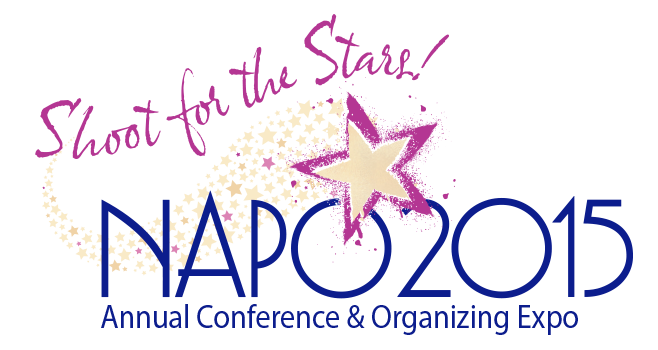
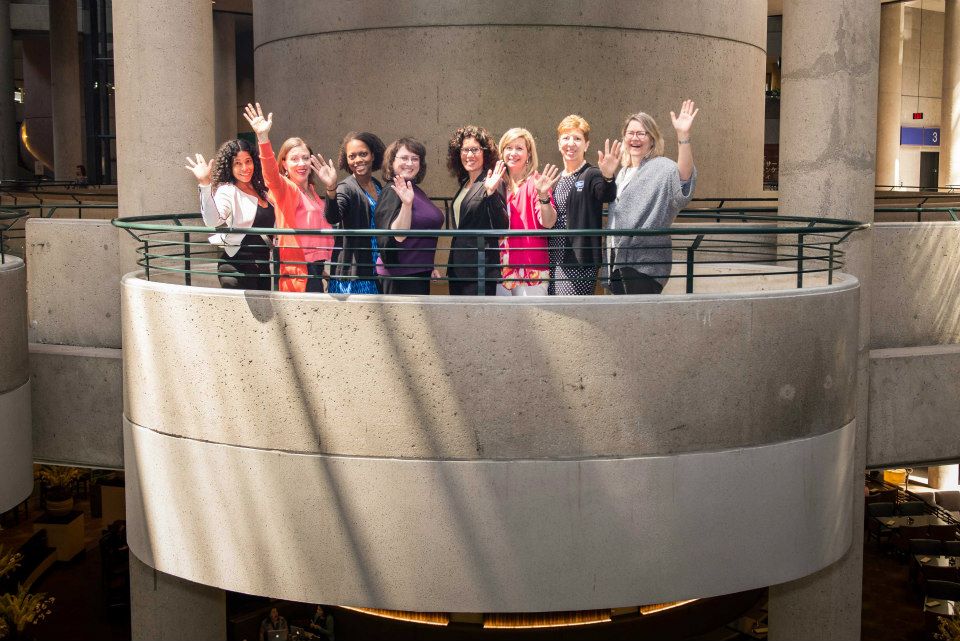
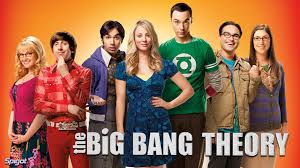
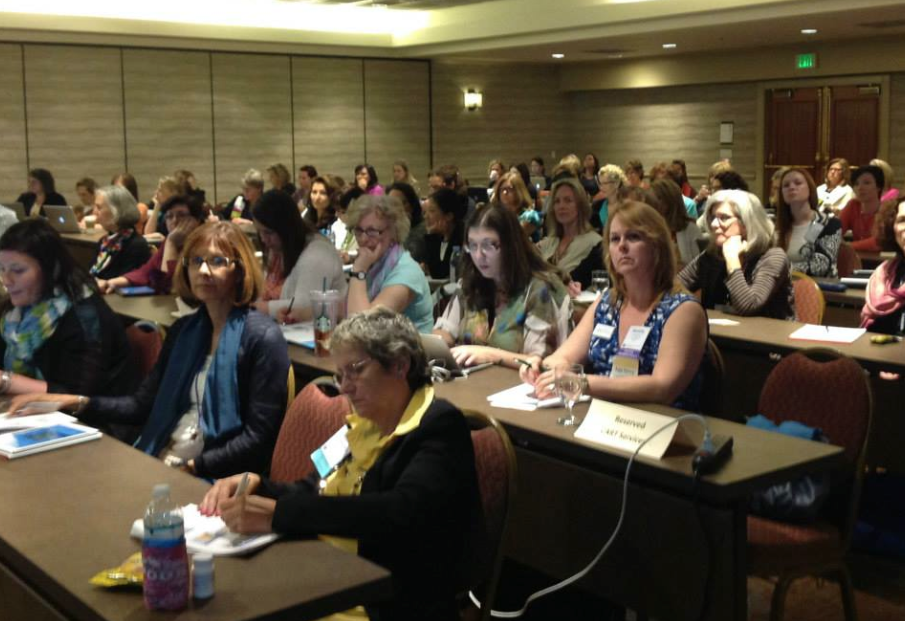
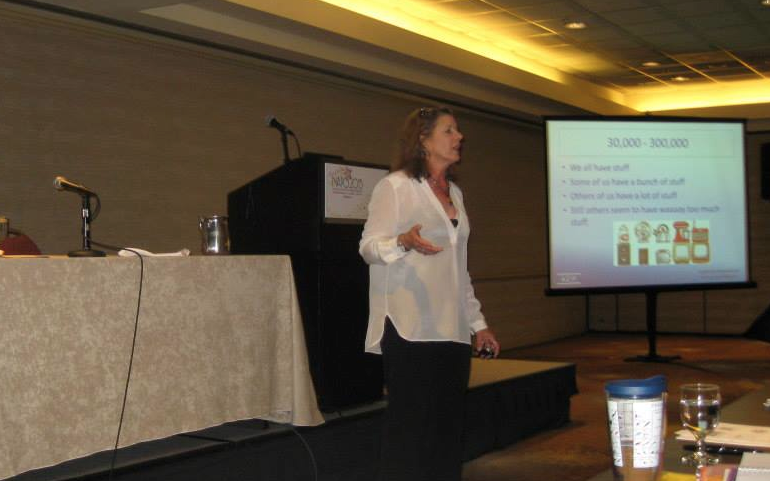






Follow Me